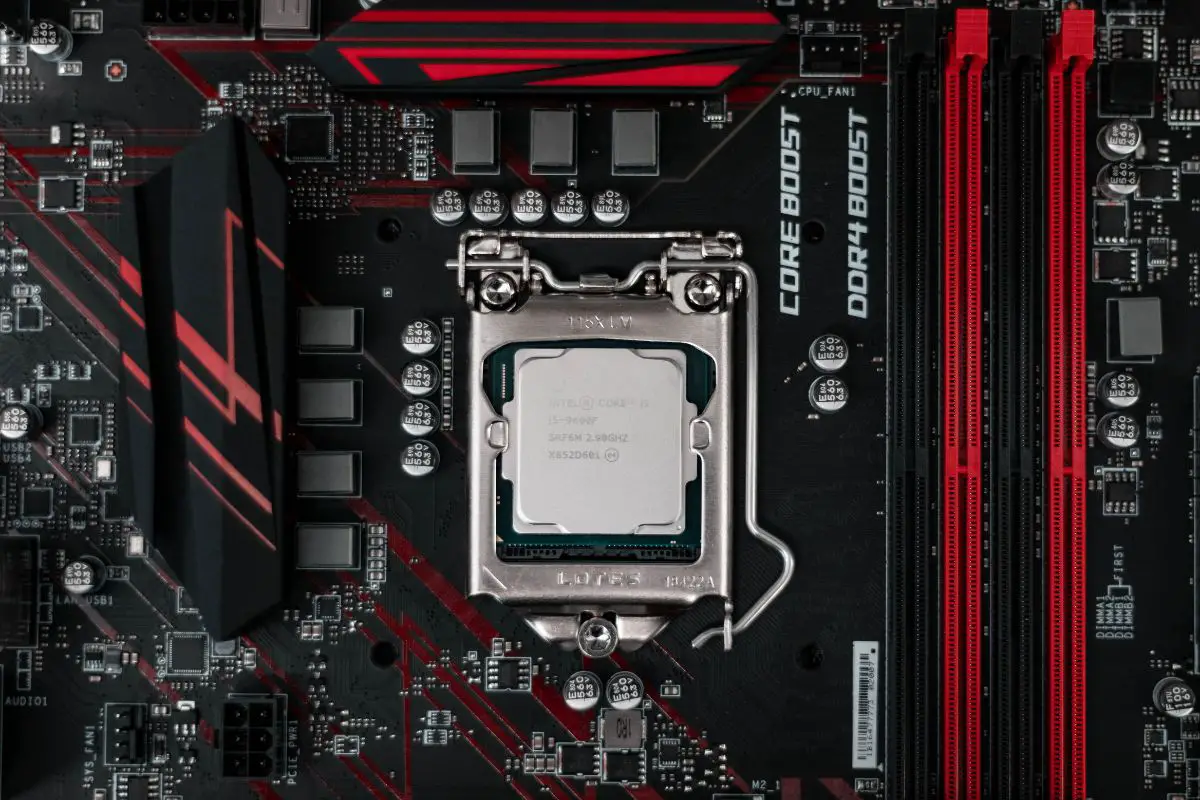
If you fear that you might have a dead CPU, it is important for you to be able to verify that it is truly defective. There are some telltale signs of a dead or failing CPU: it won't turn on, it will turn on but have issues booting, the operating system may continually and frequently lag or freeze, or you might contend with frequent spontaneous shutdowns.
There are so many important hardware components in a PC, so it can be hard to know what part is failing when you start having issues. I've helped fix a lot of computers over the years, and even though it isn't that common, processor failure is always an outcome no one wants. I've had some computers of my own that have fallen victim to this.
So, if you want to know how to figure out whether your CPU is dead, this guide will tell you everything that you need to know. Let's get right into the details.
Contents
The reason why you're reading this article is probably because you've noticed certain signs from your computer that you reckon are related to your computer's central processing unit failing.
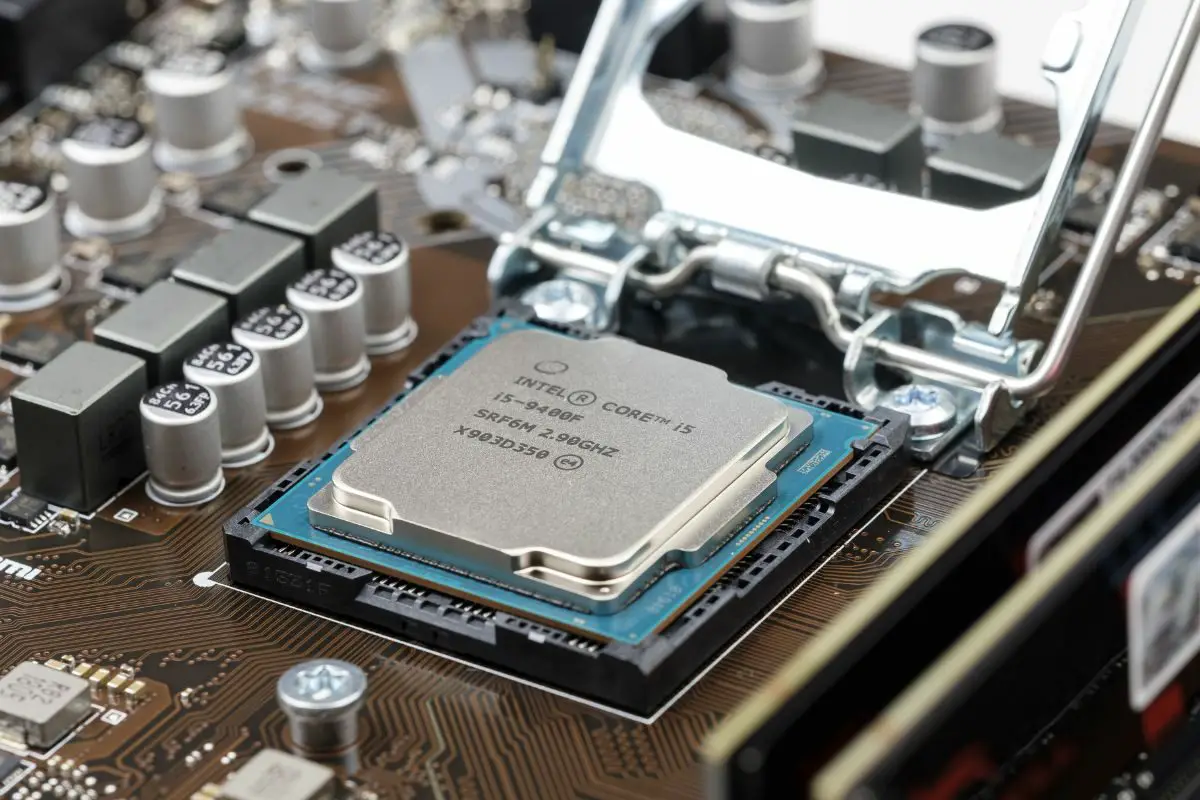
Well, you might not be far off from the truth at all. Let's take a look at some of the symptoms you might notice if your CPU fails.
When you experience these, there's a good chance that your CPU is dead or dying, but you may still need to physically inspect your computer or do some troubleshooting steps to be sure.
If you've experienced some of the signs of a dead CPU, I recommend actually popping the lid on your computer case and taking a look at your processor.
These are some things you might see which are almost certain signs that your CPU is dead.
As long as it remains in your CPU socket, your processor is one of the more unlikely computer components to be physically damaged. However, if you recently removed or inserted it, it's possible that it could have sustained some damage.
The more common way for a processor to be damaged is when the pins are damaged. With modern processors, damaged pins only apply to AMD CPUs, since Intel processors don't have pins on the processor itself.
If possible, you can attempt to bend the pin straight again, but you need to be extremely careful. If the pins break in your effort to get them straight, your CPU is dead for sure.
You should also take a look at the socket that the CPU installs into on your motherboard, especially for Intel processors.
Since an Intel CPU doesn't have pins, the pins used for contact are in the CPU socket. These can bend, though it's a bit harder to get this to happen than it is with pins on an AMD processor. However, if they are bent out of place or touching one another, it can result in processor failure.
You also want to look out for any corrosion on or around the socket. Also, look out for black spots where components may have burned out. While these are motherboard-specific issues, important components being burned out can allow unregulated power to get to your CPU, which can cause it to fail.
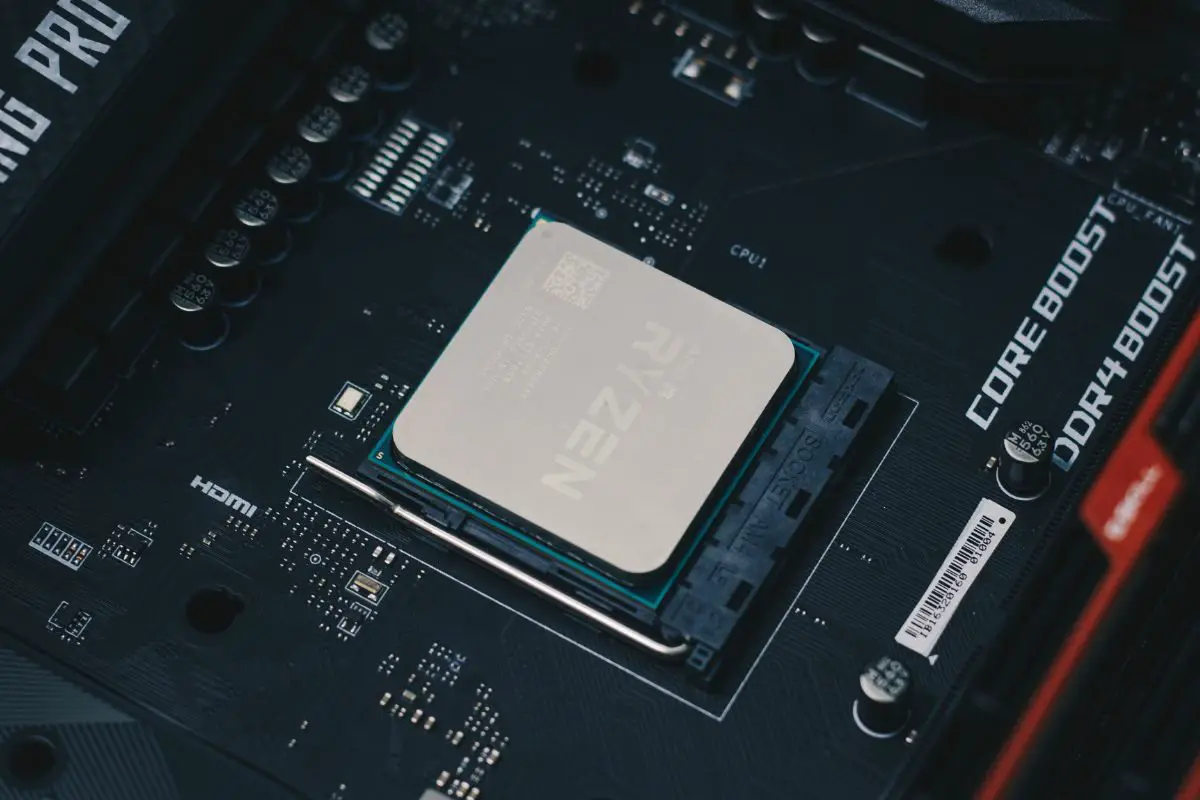
Now, if you're not sure that you have a dead CPU on your hands, it is time to get to troubleshooting all the hardware connected to your computer that could potentially be causing this to happen.
Having a test computer available will make it so much easier for you to troubleshoot your entire system and figure out the culprit. However, I can understand that not everyone will have access to a separate desktop PC.
If your computer doesn't switch on at all, it could be a failed CPU, but it could also be an issue with your RAM. Just like your CPU, RAM is required when the computer boots, so a computer without any memory won't turn on.
However, you should also note that your PC might not even turn on if just one RAM module out of two or three is faulty.
If you have spare RAM that you're sure works, like from a test PC, you can put it in and see if your computer passes the POST test at that point. Or, you can take the RAM from your computer and put it in the test PC to see whether the system still starts up properly.
If your RAM works on another PC, then it is likely not the problem. But if spare RAM gets the computer to switch on and past the POST test, it was the culprit all along, not a dead processor.
The power supply unit is responsible for providing electricity to all your PC components. It takes the mains voltage, whether 120V or 220V, tunes and delivers it appropriately to every separate piece of computer hardware.
However, the components need to have power supplied to them precisely. With not enough power going to your processor and other components, the computer might not work properly. Also keep in mind that a power surge can fry your computer hardware, including your CPU.
You want to make sure that you don't have a faulty PSU on your hands. If you've got another power supply around, you can plug it in and see whether the system is able to start up.
A faulty motherboard is one of the most dreaded computer issues you can have because it can affect everything that's connected to it (which is essentially every part of your PC).
It's also hard to troubleshoot motherboard issues because most people don't have a spare circuit board lying around at home.
However, if you do, you can do the bare minimum by installing your CPU, its cooling system, RAM, and a power supply, and see if you can get the CPU fan to spin up when you press the power switch.
If the exact same parts from your main system work on a different mobo, you might have been dealing with a bad motherboard and not a bad CPU.
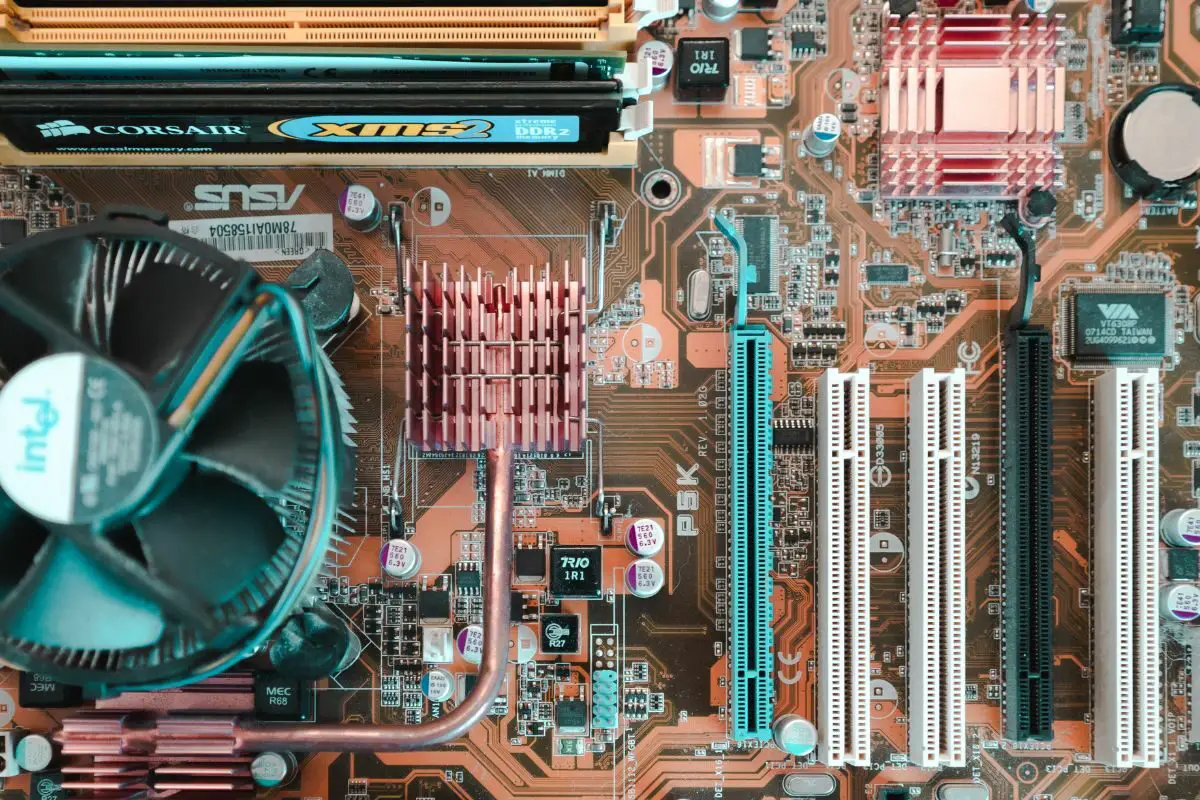
If you have a test PC available, the simplest way to tell if your CPU is dead is to take it out of your computer and install it inside the other PC.
Of course, before you do this, to need to make sure the other computer, particularly its motherboard, will support the CPU that you are about to install in it.
If it doesn't start up with the suspected faulty CPU in it, then you've been able to nail the fact that your CPU is dead.
However, as much as this is a definitive way to determine whether your CPU is dead, it involves removing the CPU fans on each computer, which means that you will need to reapply thermal paste.
If you don't have thermal paste on hand, you might want to wait before trying this. Otherwise, you won't be able to use the other computer until you've sorted it out.
If all the signs have pointed to the fact that your CPU is dead and you've convinced yourself of that, you might be wondering what the next step is. Can you take the CPU to a repair shop to be fixed?
The answer is no. A CPU is way too precise for anyone to fix anything beyond bent pins. While you can attempt to reattach broken pins, it will likely take a lot of special equipment, time, and effort.
However, if you can't return the CPU anymore and someone claims they can reattach a broken pin, you can choose to give it a shot.
There are quite a few things that can actually lead to a situation where your CPU dies. It is important to know about these so you can do what you can to prevent premature failure.
Besides the CPU fan and other fans, computers tend not to have many moving parts. However, this doesn't mean that they will last forever. Just like almost any product, as your computer gets older and older, your CPU's death gets closer.
When you have a power outage, an unstable electricity supply without a surge protector, or a faulty power supply, your CPU might end up being supplied with too little or too much electricity, which can lead to CPU issues.
Bent pins, deep scratches, and other forms of injury can permanently damage your CPU and prevent it from working properly. You should always handle CPUs with care to prevent this from being a problem.
Under normal circumstances, when your CPU hits its max temperature, your computer will shut down automatically. Before this point, the built-in fan will spin up to try and bring the CPU temperature down.
When your CPU is exposed to very high levels of heat too often or its core temp is consistently high, it can lead to CPU failure. Check to make sure that all the fans in your computer are functional and ensure good airflow to allow fresh, cool air to enter the case.
You can also take a look at liquid cooling systems if you want to keep your computer running cooler.
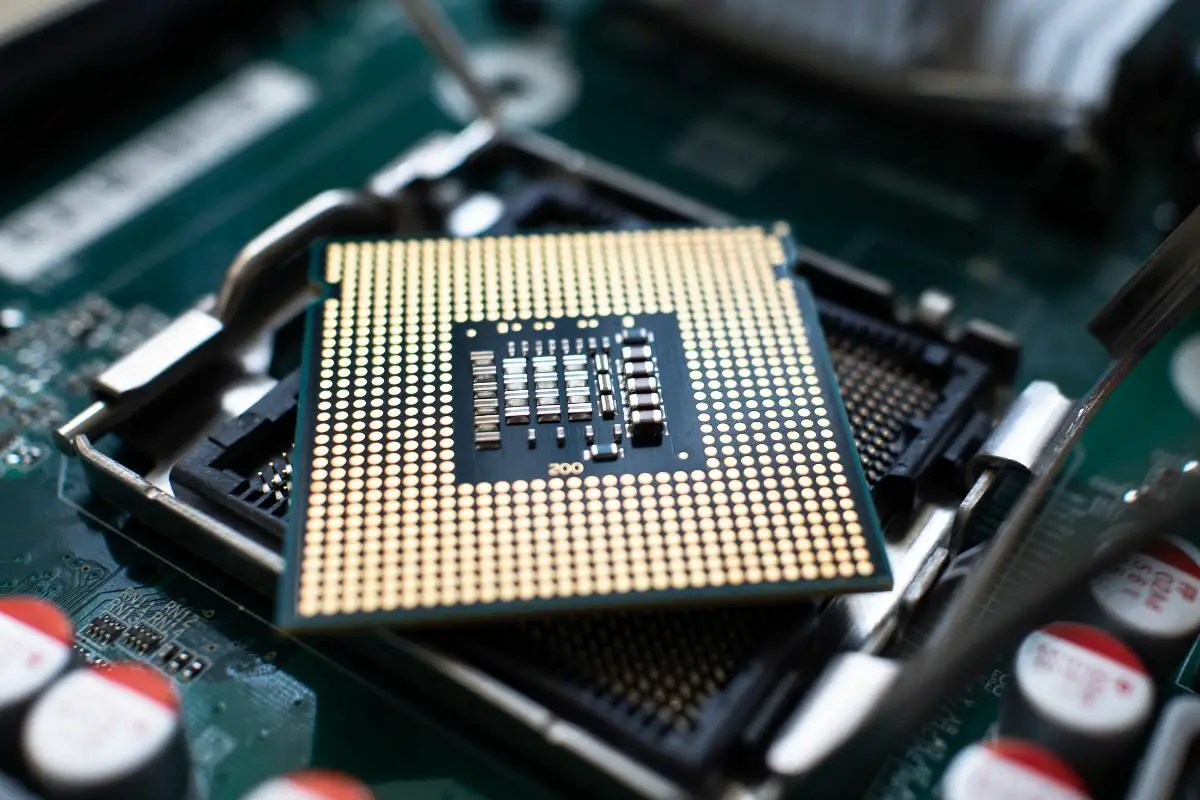
When your computer is currently under heavy use, it will not only run hot but will push itself to perform all the calculations it is being faced with. This is a common sight when a CPU is overclocked.
Overclocking is a cool option to take advantage of, but don't push a relatively underpowered processor too hard to get it to do something it would normally be far from handling.
All this stress could potentially lead the processor to die.
It is highly unlikely that the computer viruses that most users deal with can cause your processor to fail. It might not be entirely impossible, but it certainly isn't something you need to worry about as a regular person.
You can usually tell when your CPU is dead or dying by the symptoms it shows. When your computer freezes often, you get the Blue Screen of Death frequently with an error code pointing to a processor issue, or the computer doesn't even boot or pass the POST test (sometimes with a beeping sound), you might be dealing with a bad CPU.
You can troubleshoot by making sure that the cause of your symptoms isn't memory, your PSU, or motherboard failure. Having a second system on deck can help out with this.
Was this article able to show you the common signs that point to CPU death, and how to tell if that's the case with your system? If so, take a look at our related articles to learn more.
